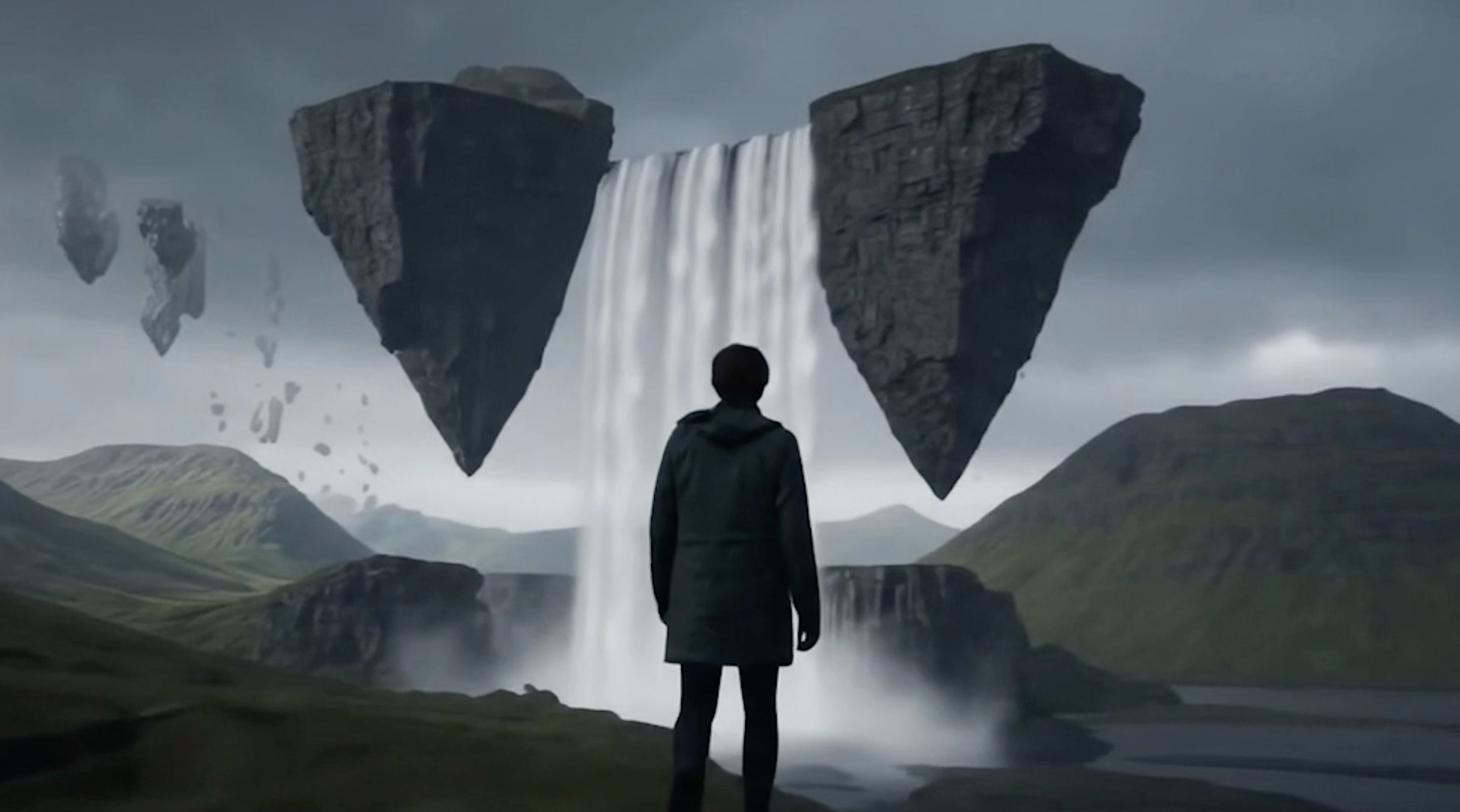In a bold leap for generative artificial intelligence, Google’s new AI model Genie 3 is redefining what’s possible in virtual environments. Unlike anything we’ve seen before, Genie 3 can generate interactive 3D video game worlds in real time, offering users not only longer interactions but also persistent spatial memory. This advancement signals a seismic shift for sectors like entertainment, robotics, education, and simulation.
From Static to Smart: The Rise of AI World Models
World models are a class of AI systems designed to simulate environments where both humans and AI agents can interact. Previously, game worlds were painstakingly built with pre-designed 3D assets, often requiring months or years of developer effort. But with Genie 3, users can now generate fully interactive worlds with a simple prompt no asset libraries, no coding just AI at work.
Genie 3 follows its predecessor, Genie 2, which was revealed in December. Genie 2 could produce worlds from images, but they were limited in scope, resolution, and time. Genie 3 improves upon all these limitations, creating immersive 720p environments at 24 frames per second and extending user interaction time from seconds to minutes.
A World That Remembers: The Game Changing Feature of Genie 3
One of the biggest breakthroughs in Google’s new AI model, Genie 3, is memory. It’s not just creating visual spaces anymore; it’s remembering them. In practical terms, this means if you turn away from a chalkboard and return to it, the writing on it will still be in the same place. This sort of spatial and visual memory is critical for both realism and usability.
According to Google’s blog post, Genie 3 can retain visual details for about a minute. While this may not sound like much, it’s a significant improvement over previous models, which had no such memory at all. For developers and educators, this opens the door to far more meaningful application.
The memory aspect is crucial for any kind of simulation training, says Dr. Martin Zhao, AI Researcher at MIT. Whether you’re training robots, conducting classroom experiments, or simulating physical processes, persistent environments are essential. Genie 3 is a foundational breakthrough.
A New Era for AI Gaming
The ability to generate and interact with AI-created 3D game worlds in real time makes Genie 3 a potential disruptor for the gaming industry. Unlike traditional game development, which often takes years of human labor, Genie 3’s dynamic world generation allows for near instant creation of game spaces tailored to a player’s input or imagination.
Imagine a classroom where students can explore a historical simulation built entirely by AI, or a game where every playthrough offers a new, unique world to discover. The possibilities are vast.
Sarah Klein, a solo game developer from Berlin, tested the early preview of Genie 3. “I built a fantasy forest with ruins and puzzles in 30 seconds using a simple prompt. I walked around the environment, and when I came back to the entrance, the moss I had noticed earlier was still on the stones. That level of detail and persistence was mind blowing.”
While gaming is the most obvious use case, the impact of Google’s new AI model extends much further. Virtual labs, historical reconstructions, and dynamic teaching environments. Simulated environments for robotics and machine learning training. Immersive, safe environments for cognitive therapy. Instant generation of cityscapes to visualize new infrastructure.
With real time world generation, Genie 3 could become an essential tool for testing autonomous vehicles in virtual cities, or even training humanoid robots in home like environments, says Elena Matsuda, Director of Robotics at Carnegie Mellon University.
Technical Specifications and Limitations
Despite the excitement, Genie 3 is still in early stages. Here are some key specs and limits.
Resolution: 720p
Frame Rate: 24fps
Interaction Time: A few minutes (up from 10 to 20 seconds in Genie 2)
Memory Retention: ~1 minute
Input: Text prompt based
The biggest limitation is that while these environments are visually compelling and interactive, they are still not perfect. Visual fidelity can fluctuate, and the environments, while persistent for a short time, are not permanent or highly complex.
Tech journalist Sam Rogers shared his first experience, It felt like stepping into a dream that doesn’t quite obey physics, but it remembers your presence. I turned a corner, dropped a virtual book, walked off, came back, and the book was still there. That’s a breakthrough in immersion.
What Sets Genie 3 Apart from Other Models
Several startups and tech giants are exploring similar generative world models, such as OpenAI’s Sora or NVIDIA’s neural rendering tools. However, Google’s new AI model is unique because of its blend of interactivity, spatial memory, and ease of use.
Unlike traditional world creation tools that demand technical expertise, Genie 3 simply requires a descriptive prompt. That accessibility could make it a favorite among indie developers, educators, and even hobbyists.
What Comes Next for AI Generated Worlds
With Genie 3 leading the charge, the future of AI in interactive environments is just beginning. Experts suggest future versions could, Expand memory from minutes to hours. Include physics simulation for realistic interaction. Support multiplayer shared worlds. Render at 1080p and 60fps or higher.
There’s even speculation that Genie 3 could evolve into a full platform for AI powered virtual reality (VR) and augmented reality (AR) experiences. This is not just a gimmick, says AI futurist Daniel Kohler. This is how games, simulations, and even metaverse style spaces will be created in the next decade. Genie 3 isn’t perfect, but it’s a peek into that future.
Google’s new AI model, Genie 3, is not just another innovation it’s a foundational shift in how we interact with virtual worlds. With real time rendering, memory retention, and natural prompt based world creation, it bridges the gap between imagination and experience. Whether you’re an educator, game designer, or tech enthusiast, Genie 3 promises a future where the line between reality and simulation is blurrier and more exciting than ever before.

